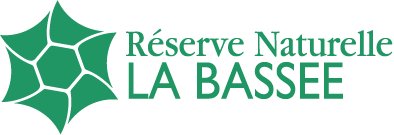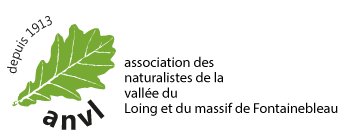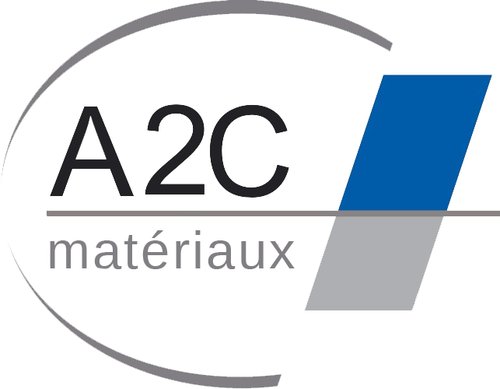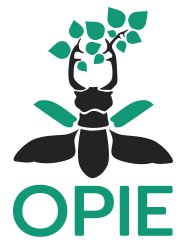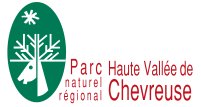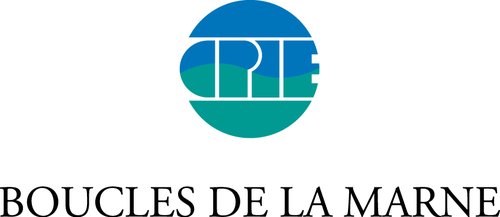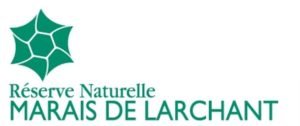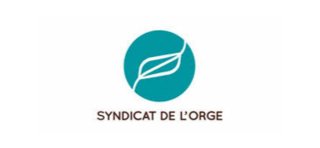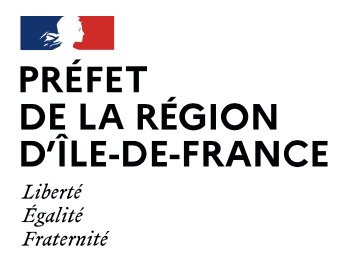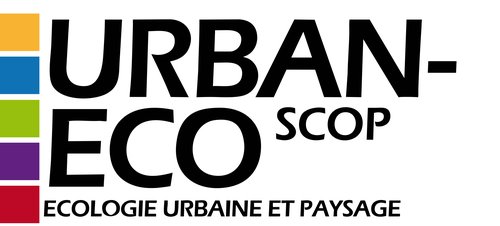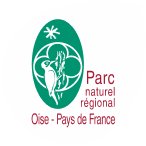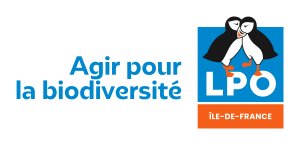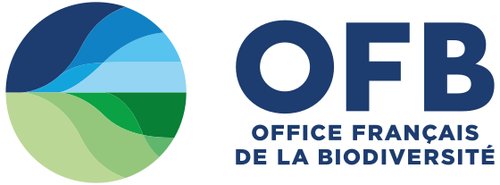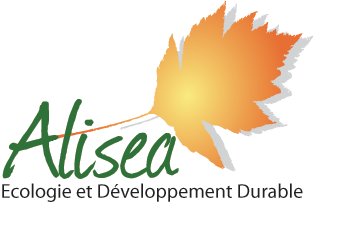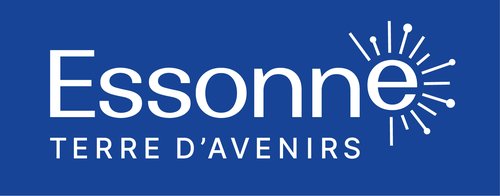Classe :
Insecta
Ordre :
Orthoptera
Famille :
Acrididae
Sous-Famille :
Locustinae
Tribu :
Parapleurini
Genre :
Mecostethus
Chargement...
-
457
observations -
68
communes -
114
observateurs
41
organismes -
Première observation
1998 -
Dernière observation
2025
Communes :
Arbonne-la-Forêt
-
Bagneaux-sur-Loing
-
Bazoches-lès-Bray
-
Boissise-la-Bertrand
-
Boissy-l'Aillerie
-
Boissy-Saint-Léger
-
Buc
-
Bullion
-
Châteaufort
-
Chauconin-Neufmontiers
-
Chevreuse
-
Compans
-
Congis-sur-Thérouanne
-
Everly
-
Fleury-en-Bière
-
Fontainebleau
-
Fontaine-Fourches
-
Fontenay-lès-Briis
-
Gagny
-
Gambaiseuil
-
Gommecourt
-
Gouaix
-
Grisy-sur-Seine
-
Herblay-sur-Seine
-
Hermé
-
Hermeray
-
Itteville
-
Jaulnes
-
Jouarre
-
Jouars-Pontchartrain
-
Jutigny
-
La Brosse-Montceaux
-
La Genevraye
-
Larchant
-
Les Écrennes
-
Les Ormes-sur-Voulzie
-
Livry-sur-Seine
-
Longueville
-
Louvres
-
Melz-sur-Seine
-
Messy
-
Mittainville
-
Montesson
-
Montfort-l'Amaury
-
Moret-Loing-et-Orvanne
-
Moussy
-
Mouy-sur-Seine
-
Nantouillet
-
Neuilly-sur-Marne
-
Noisy-le-Sec
-
Noyen-sur-Seine
-
Ollainville
-
Palaiseau
-
Poligny
-
Pontault-Combault
-
Presles
-
Roissy-en-Brie
-
Rouilly
-
Sainte-Colombe
-
Saint-Forget
-
Saint-Rémy-l'Honoré
-
Saint-Sauveur-lès-Bray
-
Seine-Port
-
Torcy
-
Verdelot
-
Villeneuve-la-Garenne
-
Villepinte
-
Villiers-sur-Seine
Abdola-trollux Charlotte -
Alazraki Mina -
Alberti Ornella -
Amiard Pamela -
Astruc Lilou -
Bak Arnaud -
Bazatolle Thibaut -
Benoit Aymeric -
Beutin Sabine -
Bossard Paula -
Bottinelli Julien -
Boudereaux Nicolas -
Bourguignon Vincent -
Branger Fabien -
Brisson Aurélie -
Bulte Audrey -
Channellière Tancrède -
Chemin Quentin -
Claivaz Lucien -
Corcuff Gael -
Danielou Romain -
Daumal Thibaud -
Dehalleux Axel -
Demesse Simon -
Despres Céline -
Dhuit Le Roux Sterenn -
Domingues-haccart Léo -
Dorget Oriane -
Druelle Louis -
Duquesne Théo -
Dussoulier Frédéric -
Edelin Nicolas -
Epicoco Cyril -
Ferriot Lucile -
Field Lee -
Flamant Nicolas -
Fougère Benjamin -
Galut Jodie -
Galut Jodie_ -
Ganna Rémy -
Gautier Louis -
Gauyacq Steve -
George Lauren -
Gourdain Philippe -
Grioche Eve-anne -
Grulois Pauline -
Harinck Fanny -
Hepiegne Olivier -
Houard Xavier -
Houpert Sylvain -
Huguet Camille -
Huin William -
Humbert Merlin -
Hurtrel Théo -
Inconnu Inconnu -
Jarry Frédéric -
Johan Hemminki -
Kita Antoine -
Kovacs Jean-christophe -
Larregle Guillaume -
Larzillière Sylvain -
Lau Nicolas -
Le Bayon Quentin -
Lecuir Gilles -
Lenglin Achille -
Lenormand Clément -
Leprisé Alexane -
Lopez Jessica -
Lucien Claivaz -
Macé Valentin -
Manevy Robin -
Marcadet Amélie -
Marchal Olivier -
Mari Alexandre -
Marmet Nicolas -
Massin Yves -
Merlet Florence -
Mertens Valentin -
Miguet Pierre -
Miquel Mathieu -
Moretti Pauline -
Mélet-garel Elina -
Noysette Charlotte -
Olivier Emma -
Palazzetti Baptiste -
Pelissolo Anna -
Penneteau Julie -
Petit Basile -
Plancke Sylvestre -
Poupin Marine -
Ragava Jeevika -
Rebours Jean-silouane -
Ricci Ophélie -
Riviere Elodie -
Robert Marion -
Roche Juliette -
Rouffy Alice -
Roy Félix -
Royer Léo -
Rozier Benjamin -
Régnier Cyprien -
Sauve Alix -
Savidan Tiphaine -
Schach Alice -
Shao Clémence -
Siblet Jean-philippe -
Siblet Sébastien -
Signol Audrey -
Solé Raphaële -
Thibedore Laurent -
Touratier Gilles -
Tronche Pascaline -
Vandeweghe Raphaël -
Widmer Caroline
-
AGRENABA - RNN de la Bassée
Participation à 142 Observations
Part d'aide à la prospection : 31.07 %Fiche organisme
-
Ecosphère
Participation à 96 Observations
Part d'aide à la prospection : 21.01 %Fiche organisme
-
ANVL (Association des Naturalistes de la Vallée du Loing et du massif de Fontainebleau)
Participation à 47 Observations
Part d'aide à la prospection : 10.28 %Fiche organisme
-
A2C Granulat
Participation à 25 Observations
Part d'aide à la prospection : 5.47 %Fiche organisme
-
Opie (Office pour les insectes et leur environnement)
Participation à 17 Observations
Part d'aide à la prospection : 3.72 %Fiche organisme
-
PNR Haute Vallée de Chevreuse
Participation à 10 Observations
Part d'aide à la prospection : 2.19 %Fiche organisme
-
CPIE Boucles de la Marne
Participation à 9 Observations
Part d'aide à la prospection : 1.97 %Fiche organisme
-
RNR du Marais de Larchant
Participation à 9 Observations
Part d'aide à la prospection : 1.97 %Fiche organisme
-
ANCA (Les Amis Naturalistes des Coteaux d'Avron)
Participation à 7 Observations
Part d'aide à la prospection : 1.53 %Fiche organisme
-
Naturabios
Participation à 6 Observations
Part d'aide à la prospection : 1.31 %Fiche organisme
-
Communauté de Communes Plaines et Monts de France
Participation à 5 Observations
Part d'aide à la prospection : 1.09 %Fiche organisme
-
CEN - Conservatoire d'espaces naturels d'Île-de-France
Participation à 5 Observations
Part d'aide à la prospection : 1.09 %Fiche organisme
-
PNR du Vexin français
Participation à 5 Observations
Part d'aide à la prospection : 1.09 %Fiche organisme
-
ARB îdF (Agence régionale de la biodiversité en Île-de-France)
Participation à 4 Observations
Part d'aide à la prospection : 0.88 %Fiche organisme
-
Syndicat de l'Orge, de la Rémarde et de la Prédecelle (SYORP)
Participation à 4 Observations
Part d'aide à la prospection : 0.88 %Fiche organisme
-
DRIEAT Île-de-France (anciennement DRIEE)
Participation à 4 Observations
Part d'aide à la prospection : 0.88 %Fiche organisme
-
URBAN-ECO-SCOP
Participation à 4 Observations
Part d'aide à la prospection : 0.88 %Fiche organisme
-
Département 77
Participation à 4 Observations
Part d'aide à la prospection : 0.88 %Fiche organisme
-
Île-de-France Nature (Anciennement AEV)
Participation à 2 Observations
Part d'aide à la prospection : 0.44 %Fiche organisme
-
PNR Oise Pays-de-France
Participation à 2 Observations
Part d'aide à la prospection : 0.44 %Fiche organisme
-
Département 93
Participation à 1 Observation
Part d'aide à la prospection : 0.22 %Fiche organisme
-
Nature et Société
Participation à 1 Observation
Part d'aide à la prospection : 0.22 %Fiche organisme
-
LPO Île-de-France
Participation à 1 Observation
Part d'aide à la prospection : 0.22 %Fiche organisme
-
Ville de Chauconin-Neufmontiers
Participation à 1 Observation
Part d'aide à la prospection : 0.22 %Fiche organisme
-
Les Naturalistes Parisiens
Participation à 1 Observation
Part d'aide à la prospection : 0.22 %Fiche organisme
-
Seine-et-Marne Environnement
Participation à 1 Observation
Part d'aide à la prospection : 0.22 %Fiche organisme
-
Étamine
Participation à 1 Observation
Part d'aide à la prospection : 0.22 %Fiche organisme
-
ONF
Participation à 1 Observation
Part d'aide à la prospection : 0.22 %Fiche organisme
-
IASEF (Initiatives et Actions pour la Sauvegarde de l'Environnement et des Forêts)
Participation à 1 Observation
Part d'aide à la prospection : 0.22 %Fiche organisme
-
Communauté d'agglomération de Cergy-Pontoise
Participation à 1 Observation
Part d'aide à la prospection : 0.22 %Fiche organisme
-
Société Mycologique de France (SMF)
Participation à 1 Observation
Part d'aide à la prospection : 0.22 %Fiche organisme
-
Blairoudeurs
Participation à 1 Observation
Part d'aide à la prospection : 0.22 %Fiche organisme
-
Office français de la biodiversité (anciennement AFB)
Participation à 1 Observation
Part d'aide à la prospection : 0.22 %Fiche organisme
-
Alisea
Participation à 1 Observation
Part d'aide à la prospection : 0.22 %Fiche organisme
-
Département 95
Participation à 1 Observation
Part d'aide à la prospection : 0.22 %Fiche organisme
-
NaturEssonne
Participation à 1 Observation
Part d'aide à la prospection : 0.22 %Fiche organisme
-
Ville de Compans
Participation à 1 Observation
Part d'aide à la prospection : 0.22 %Fiche organisme
-
SIAH des vallées du Croult et du Petit Rosne
Participation à 1 Observation
Part d'aide à la prospection : 0.22 %Fiche organisme
-
MNHN (Muséum national d'Histoire naturelle)
Participation à 1 Observation
Part d'aide à la prospection : 0.22 %Fiche organisme
-
Rainette
Participation à 1 Observation
Part d'aide à la prospection : 0.22 %Fiche organisme
-
Département 91
Participation à 1 Observation
Part d'aide à la prospection : 0.22 %Fiche organisme
Informations espèce
Commentaires sur l'espèce
Ce taxon, comme la plupart des espèces de milieux humides, souffre beaucoup de la dégradation de son habitat. La teinte le plus souvent d’un vert clair prononcé et sa bande noir longitudinale le rend difficile à confondre.
Ciblage des prospections
Le bastion principal de cette espèce dans la région est la Bassée, mais l’ensemble des milieux humides, souvent difficile d’accès, est susceptible d’abriter M. parapleurus. Il est visible à l’état adulte de juin à octobre.
Gryllus alliaceus Germar, 1825
|
Gryllus parapleurus Hagenbach, 1822
|
Mecostethus alliaceus (Germar, 1817)
|
Oedipoda parapleura (Hagenbach, 1822)
|
Parapleurus alliaceus (Germar, 1817)



